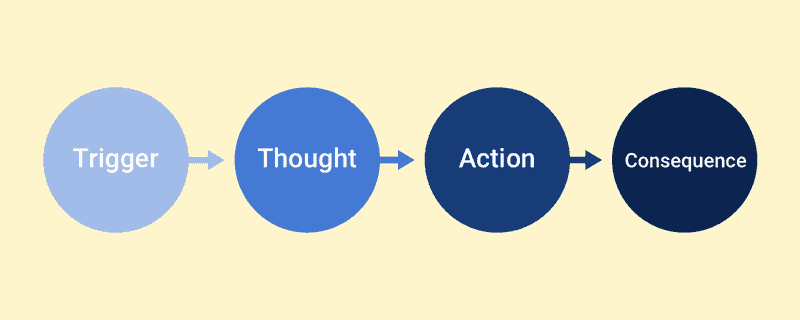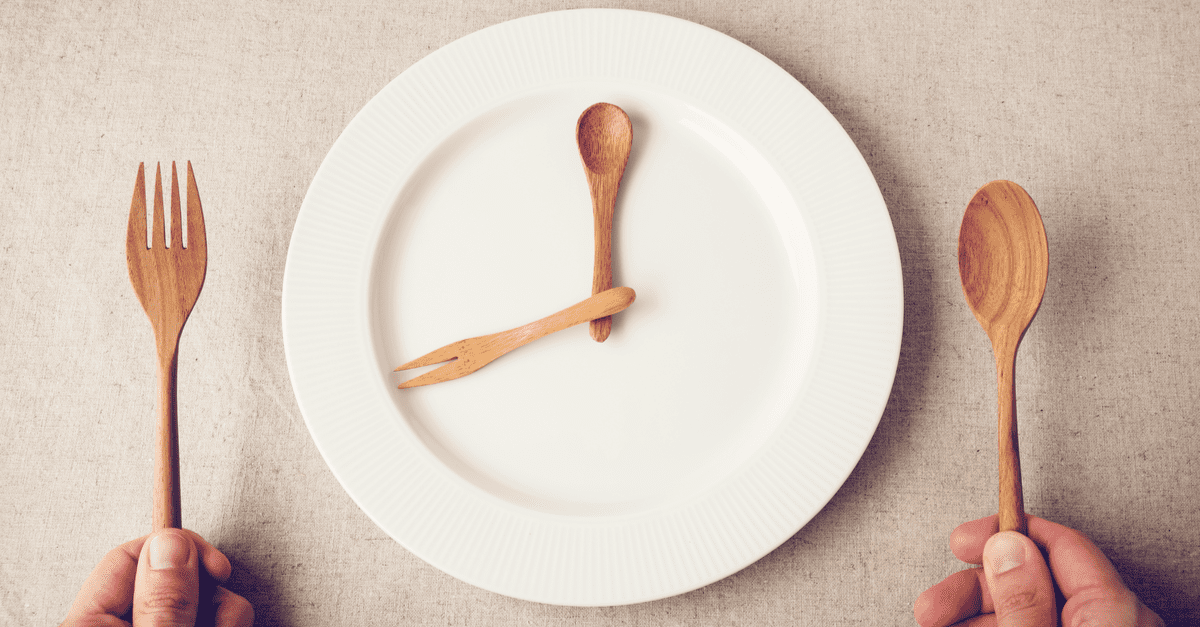Reinforcement vs punishment | What is positive reinforcement? | What is negative reinforcement? | What is positive punishment? | What is negative punishment? | How rewards can help you form habits
You already know that motivation is important—that it ebbs and flows. Some days, you’ll prepare fancy salads. Other days, you’ll only have eyes for gyros—and your couch. (And competitive cooking shows.)
But what is motivation, really? How does it work? And how do you get more of it? Let’s start by assessing the concepts of reinforcement and punishment.
Note: This article is based on our Noom Weight curriculum. Learn more below.
Reinforcement vs. punishment
Reinforcement: Reinforcement boosts the chances you’ll act a certain way. It makes you more likely to behave one way or another. (Think high fives and fist-bumps.)
Punishment: Punishment lessens the chances you’ll behave in a particular way. (After a sizable late fee at the library, you stop forgetting to return those graphic novels on time.)
Reinforcement—like a gold star—strengthens behavior and makes you more likely to do something again. (Remember chore charts?). Punishment—yes, like being grounded—discourages behavior and leaves you less likely to repeat your actions.
Here are two examples:
Reinforcement:
After a stressful day, you dig into a pint of ice cream. You get a hit of chocolate chip cookie dough—and a rush of satisfaction. So the next time you’re stressed, you go straight for that rush—from the ice cream, of course.
Punishment:
You skip a planned workout after a long day, and you feel guilty and a little ashamed. So the next time you’re exhausted, you drag yourself to leg day, anyway—because you want to avoid that awful feeling again.
Reinforcement can be either positive or negative. Both types of reinforcement make you more likely to do something again.
Real results with a personalized weight loss program
Take the quiz!

What is positive reinforcement?
Positive reinforcement encourages your behavior by adding something—like a compliment or a high five.
Example: Your social media followers always like the pictures you post of healthy, new recipes. So you try (and share) even more new recipes.
What is negative reinforcement?
Negative reinforcement encourages behavior, too, but by removing something—like a friend’s nag or customer’s dirty look.
Example: After cooking a new recipe, you leave the dirty dishes in the sink for too long—and you’re getting the stink eye from your roommate. So next time, you make sure to clean up after yourself sooner.
The same goes for punishment—there’s positive punishment and negative punishment. They make you less likely to repeat a behavior.
What is positive punishment?
Positive punishment discourages your behavior by adding something—like a parking ticket.
Example: When you forget to feed the meter, your town rewards you with a parking ticket. (Lucky you!) When you run errands the following week, you set a timer on your phone so you don’t make the same mistake again.
What is negative punishment?
Negative punishment also discourages behavior, but by removing something—like, say, your car.
Example: You forget to pay off the parking ticket, so the city takes away your car. (Ouch. What kind of fictional city tows your car after just one delinquent ticket?)
Note: This article is based on our Noom Weight curriculum. Learn more below.
How rewards can help you form habits
A reward is an example of positive reinforcement. Positive reinforcement strengthens your behavior by giving you something—like a compliment or a cool bumper sticker or an all-expenses-paid trip to Aruba.
Your brain is motivated by rewards. Rewards fall into the “Consequence” bucket of the behavior chain.

And you know why that’s important? Because it’s how a habit is formed.
When you receive a reward, your brain releases dopamine—a chemical that causes a feel-good rush of pleasure.
Your brain likes this feeling (of course), and associates the pleasure with whatever you did to receive it—like digging into ice cream or posting your meals on social media.
So to get more of that feeling, you repeat the behavior chain…over and over again.
Which is why rewards help you, and hamsters, form habits.





